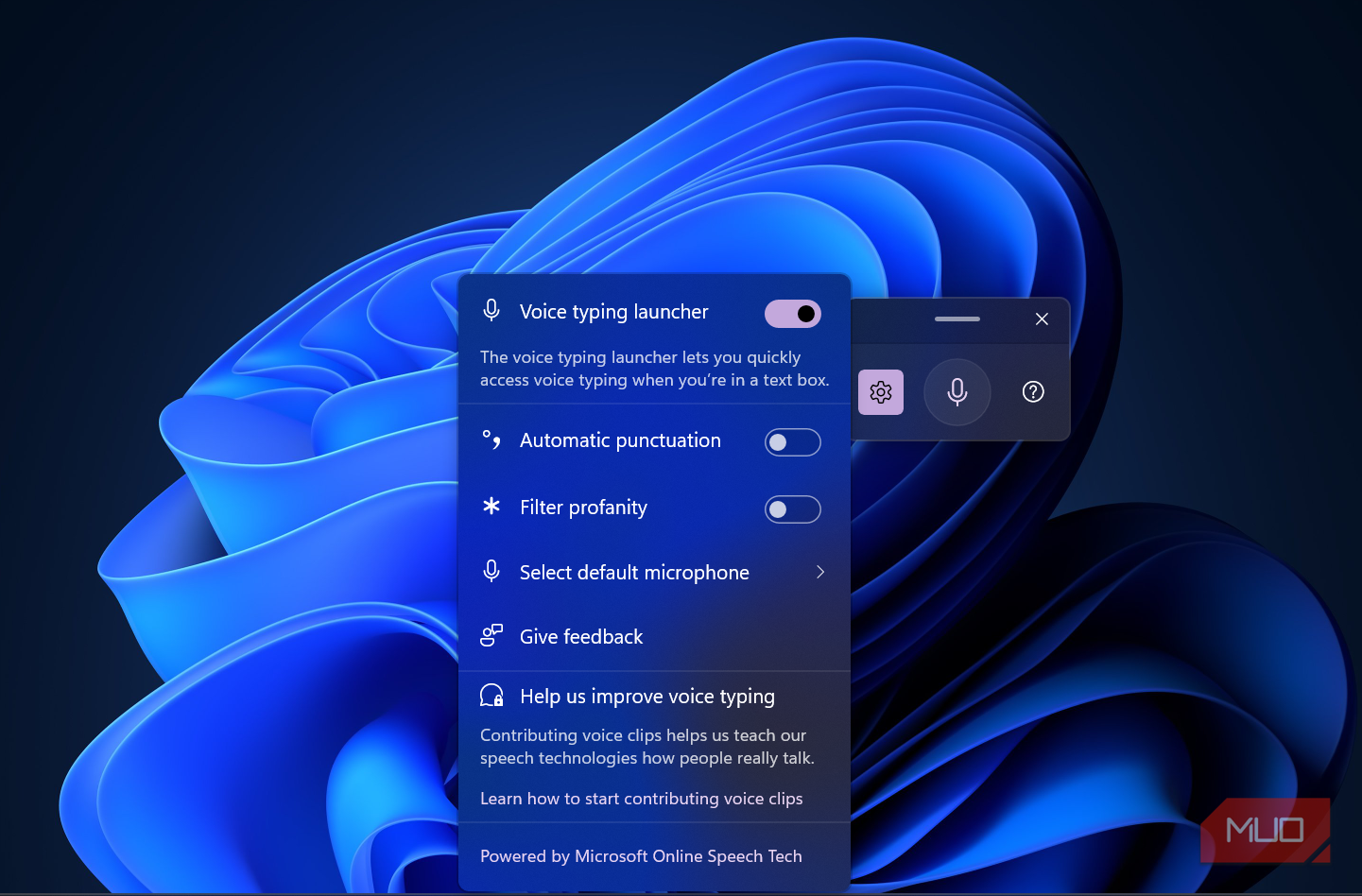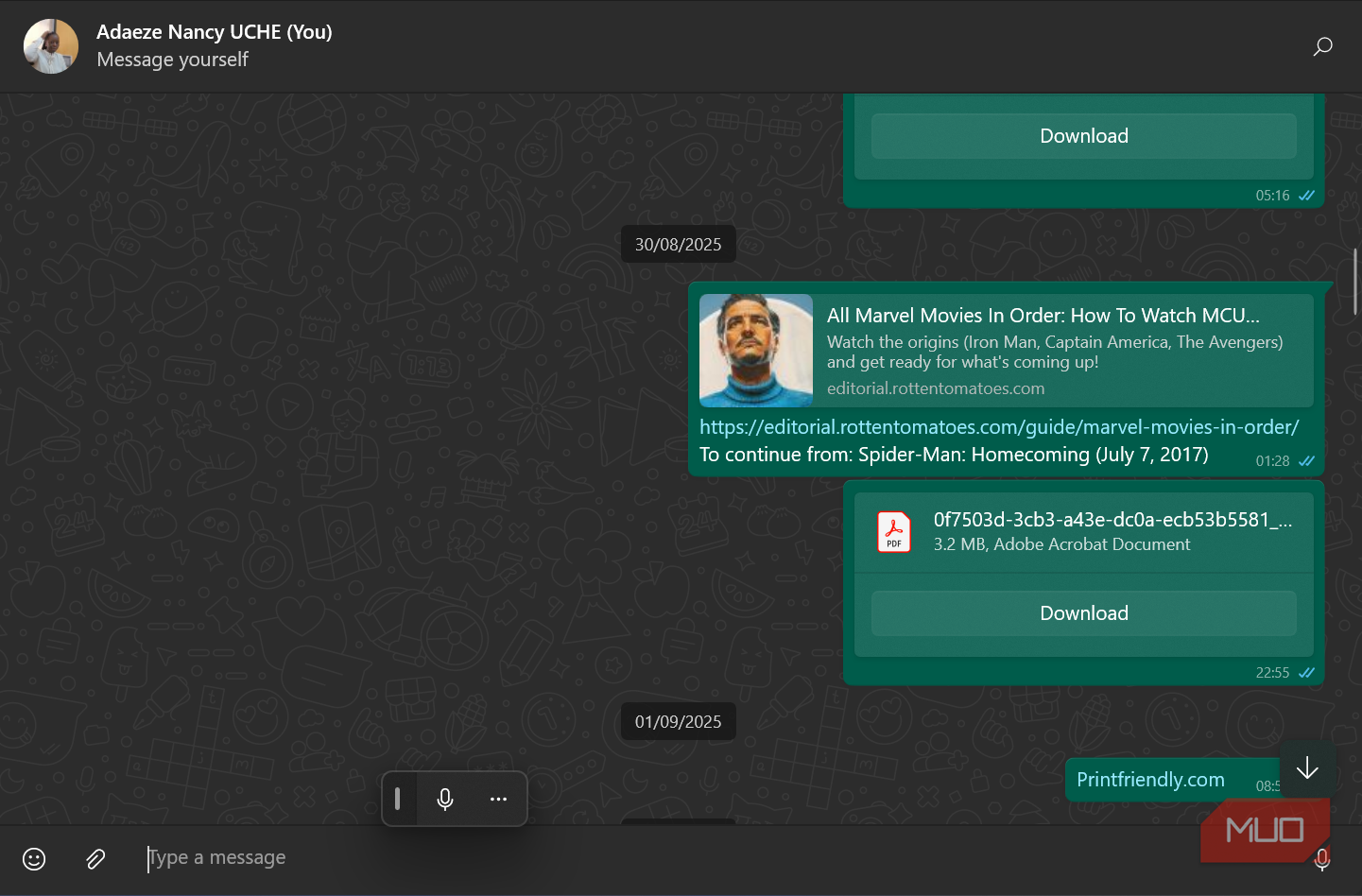
For those who extensively use a Windows PC, discovering features that streamline everyday tasks is a delightful experience. While many users tend to rely on basic functions such as copy and paste, Windows is filled with underappreciated tools that can enhance productivity significantly.
One particularly valuable tool is the Voice Typing feature integrated into Windows 10 and 11. Even the fastest typists can sometimes find their fingers lagging behind their thoughts, especially when creativity strikes. In such moments, this feature proves invaluable, alleviating the frustration of typing and allowing users to express their ideas seamlessly.
Windows Voice Typing: Fast, Simple, and Built-in
Despite considering myself a proficient typist at 55 words per minute—well above the average of 36 WPM according to TypingTest.com—there are times when I find that dictation is a more efficient method for getting words onto a page.

Whether I’m dashing off email responses, jotting down notes, or capturing fleeting ideas, I use Win + H to activate Windows Voice Typing, which raises a microphone icon—signifying the dictation functionality available across any text-entry area.
This handy tool, formerly known as Dictation in Windows 10, retains its essence. Once you’re connected to the internet, simply position your cursor in a text field, press Win + H, click the microphone icon, and start speaking. The initial launch requires the installation of speech recognition software, but subsequent uses don’t require additional setup.

To enhance the effectiveness of the Voice Typing feature, consider implementing these quick adjustments:
- Voice Typing Launcher: Keeping this option activated allows the microphone icon to appear automatically when in a text field, simplifying the process.
- Automatic Punctuation: You can let Windows manage punctuation, though I personally prefer inserting it manually.
- Profanity Filter: Depending on your requirements, toggle this feature on or off.
-
 Princess Uche/MakeUseOf
Princess Uche/MakeUseOf -

Screenshot of Voice Typing in action on WhatsApp.
Voice Typing is versatile enough to function across various platforms, including emails, documents, Slack messages, and web forms. I’ve managed to dictate entire emails while doing chores, respond to messages during meetings (while muted, of course), and fill out tedious forms while moving around.
Mastering certain commands can further enhance your experience. My go-to is Scratch That, which quickly erases the last word spoken. For a comprehensive list of commands—including punctuation and formatting commands—be sure to check out Microsoft’s support page. With consistent use, you will find yourself capturing thoughts almost as rapidly as they come to mind.
Voice Typing: Some Limitations, But Generally Effective

Is Windows Voice Typing flawless? Not quite. The tool may struggle with unique names, technical terminology, or various accents, and background noise can hinder performance. While auto-punctuation is improving, there may be instances where you end up saying “period” or “question mark” more frequently than desired. Similarly, the Scratch That command occasionally fails and may leave the phrase in your draft instead of deletes it.
Moreover, on occasion, it can repeat the first word of a sentence or insert unintended line breaks if you momentarily pause. If you were hoping for completely hands-free dictation, be prepared to manage some commands manually, such as launching the microphone.
Nonetheless, these shortcomings do not undermine the utility of the feature. The accuracy of Voice Typing in Windows 11 has significantly improved, particularly regarding punctuation. Most mistakes involve isolated words rather than whole phrases, making corrections manageable. As usage continues, the system begins to acclimatize to your voice and delivery, enhancing its responsiveness over time.
Even when utilizing a standard microphone, Voice Typing effectively handles everyday tasks like note-taking, composing emails, and drafting rough documents. For added clarity, a smartphone can serve as your Windows microphone.

This tool is not designed to completely replace typing, nor should it. Rather, it serves as a valuable shortcut during different stages of writing—whether you’re working out ideas, drafting, or wrestling with difficult spellings. Compared to premium applications like SuperWhisper, Windows Voice Typing may feel basic, but it stands out as a capable free tool embedded within the system.
With support for 45 languages (including multiple dialects of English), switching languages is seamless—just install a language pack and modify your system’s input settings. This ensures that you can dictate in your preferred language across various applications from Word and Outlook to web forms and messaging platforms.
Regardless of its quirks, Voice Typing has become an indispensable tool for me, offering a break for my hands and allowing for spontaneous thought capture. This ease of use is precisely why I believe it’s one of Windows’ most underrated features.




Leave a Reply